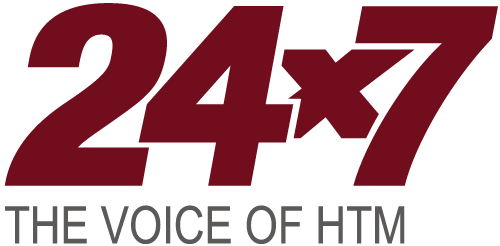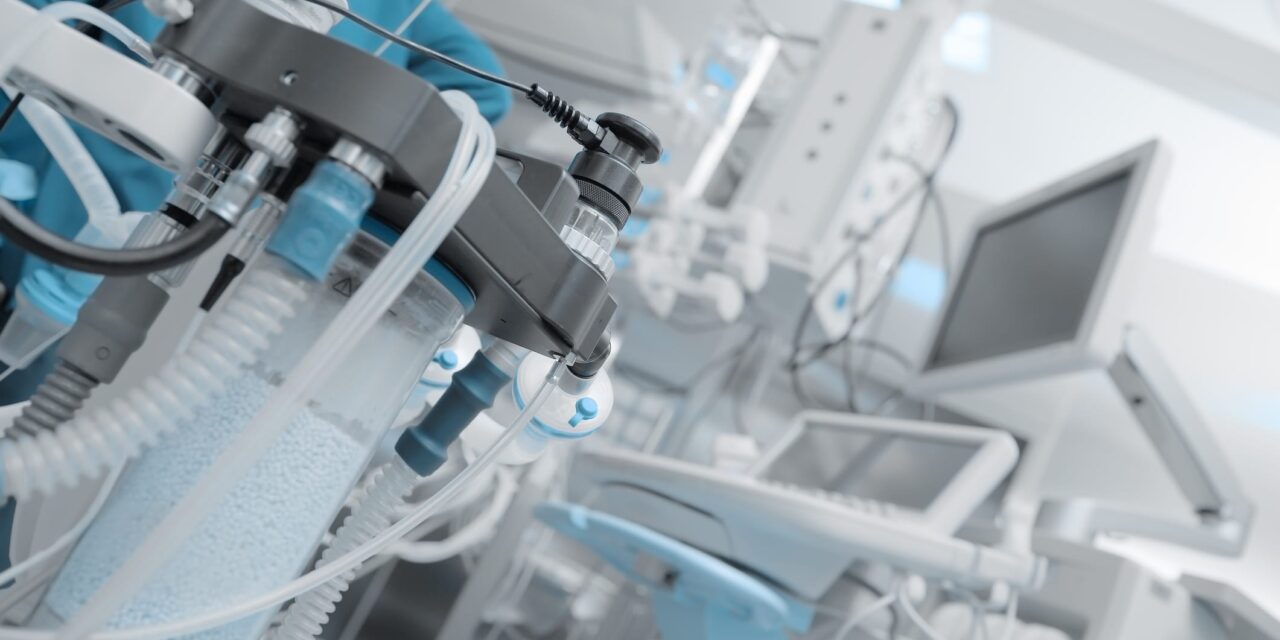Unnecessary rentals are a symptom of deeper issues in asset visibility and coordination.
By Amy Knue, vice president of mobile clinical asset management services, TRIMEDX
Health systems across the country are unknowingly paying multiple times for the same medical equipment—once to own it and again to rent it. The issue isn’t always increasing clinical demand; it’s often availability and visibility to medical device inventory.
The cost of these unnecessary rentals can quickly add up, putting more pressure on health systems’ already stretched budgets. Making sure clinicians, finance teams, and clinical engineering teams have real-time visibility into rental and owned equipment inventory, location, and utilization is key to breaking the cycle of unnecessary rentals.
Equipment Movement Creates Availability Challenges
Devices, including pumps and ventilators, are constantly moving with patients from the emergency room or operating room to other departments like the intensive care unit. This leads to equipment pooling in patient rooms while departments in other areas, like the ER, suffer shortages.
In addition, because they know it may be difficult to find devices they need later, nurses may tuck away supplies in closets or cabinets. This practice also contributes to perceived equipment shortages. When frontline workers in the ER need a pump, they may struggle to find one at easy access. These workers don’t always have time to search for available equipment or walk to another department to retrieve unused devices. As a result, they may order rental equipment to solve their problem quickly and provide immediate care to the patient.
While this is convenient, and sometimes necessary, it can also be expensive. Clinicians need to be able to quickly track and locate available equipment that’s already in the hospital, without having to immediately turn to rentals or make patients wait for urgently needed care.
The ‘Easy-Button’ Effect on Rental Equipment
Many rental vendors are located on the hospital grounds, making rental equipment easily accessible to clinicians. Nurses or doctors can call a vendor and have the device they need within minutes, reducing wait time for patients. This is extremely beneficial in emergency situations or when there is an unexpected surge of patients.
However, in some cases, this convenience has led to an over-reliance on rental equipment as a first resort. Health systems need to ensure that accessing their own equipment is just as simple and convenient as turning to rental vendors.
Lack of Centralized Inventory Visibility Is Hurting Health Systems
Health systems often have an inaccurate view of the inventory in their buildings. TRIMEDX has found health systems can misperceive what they’re spending on rental equipment by as much as 50%. It’s extremely difficult to make smart decisions about what equipment to purchase or rent without knowing what’s already in the health system, where devices are located, and how often each device is used.
To complicate matters even further, rentals are often charged to various cost centers throughout the hospital. Multiple departments may unknowingly rent the same type of equipment at the same time. This makes aggregate tracking very complicated for hospital executives and finance teams.
Without a centralized system or single point of truth for what devices are on-site, in-use, or available, health systems will likely pay to rent equipment they already own—while also paying for rentals longer than is truly necessary. Oftentimes, when a healthcare worker orders a piece of rental equipment it’s forgotten about after use. A rented bed may sit in a hallway or in a backroom without anyone realizing it’s still on site. Rented devices can easily blend in with owned equipment if not tracked carefully. All the while, fees and recurring charges are adding up.
A comprehensive account of a health system’s owned and rented inventory, along with utilization data, can empower decision-makers. It gives them the ability to transfer underutilized equipment from one location to a busier site. It allows them to confidently decide if it’s best to purchase certain equipment or continue renting it. These types of data-backed decisions will increase medical equipment availability and improve patient care while safeguarding narrow profit margins.
One of the best ways to ensure accurate and complete visibility is by working with a trusted partner for rented and owned medical device inventory management. This partner can facilitate rental orders and returns, ensure quality sourcing through strategic vendor relationships, and lift a burden off overworked healthcare teams.
RTLS Technology Is a Game-Changer
Another way hospitals can reduce unnecessary rental spending is through real-time location systems (RTLS). RTLS technology can help staff locate devices instantly. Working with a partner who uses an RTLS platform to track both rented and owned devices is a game-changer for health systems and their clinicians.
Studies have shown that searching for supplies or equipment is one of the biggest issues keeping nurses from their primary patient care tasks. RTLS technology can significantly reduce that wasted time and ease the stress of healthcare workers. Instead of hunting for devices or immediately ordering a rental, clinicians can simply locate the devices they need using a mobile app. This allows clinicians to spend their valuable time focusing on providing excellent patient care, rather than searching the hospital for hidden devices.
Health systems should consider working with a partner who offers real-time tracking of both owned and rented devices. These types of comprehensive RTLS programs allow for differentiation between rented and owned equipment, ensuring hospitals can easily identify what they have on hand to better assess cost and performance. Automated alerts can also prompt timely returns of rental equipment to avoid fees or rental overruns.
Cross-Departmental Coordination is Crucial
To take control of runaway rental expenses, there needs to be clear collaboration between healthcare technology management teams, clinical staff, finance teams, and rental vendors. A standardized process for requesting, tracking, and returning rental equipment ensures medical device inventory is managed efficiently, safely, and cost-effectively.
Unnecessary rentals are not just a financial oversight; they’re a symptom of deeper issues in asset visibility and coordination within health systems. This lack of visibility and coordination can divert resources, inflate operational costs, and potentially delay patient care. Health systems can regain control and stop the waste by improving inventory transparency, investing in RTLS technology, and encouraging better collaboration between departments. These steps will enable more efficient and patient-focused care.
About the author: Amy Knue is the vice president of mobile clinical asset management services for TRIMEDX. In her role, she leads TRIMEDX’s Mobile Medical Equipment management service offering that provides hospitals with the cleaning and management of mobile equipment through technology enablement, on-site technicians, and best-in-class lean processes. She also oversees TRIMEDX RentalWatch, a program that optimizes medical equipment rental processes and reduces unnecessary rental spend.
ID 91610640 | Health © Sudok1 | Dreamstime.com





